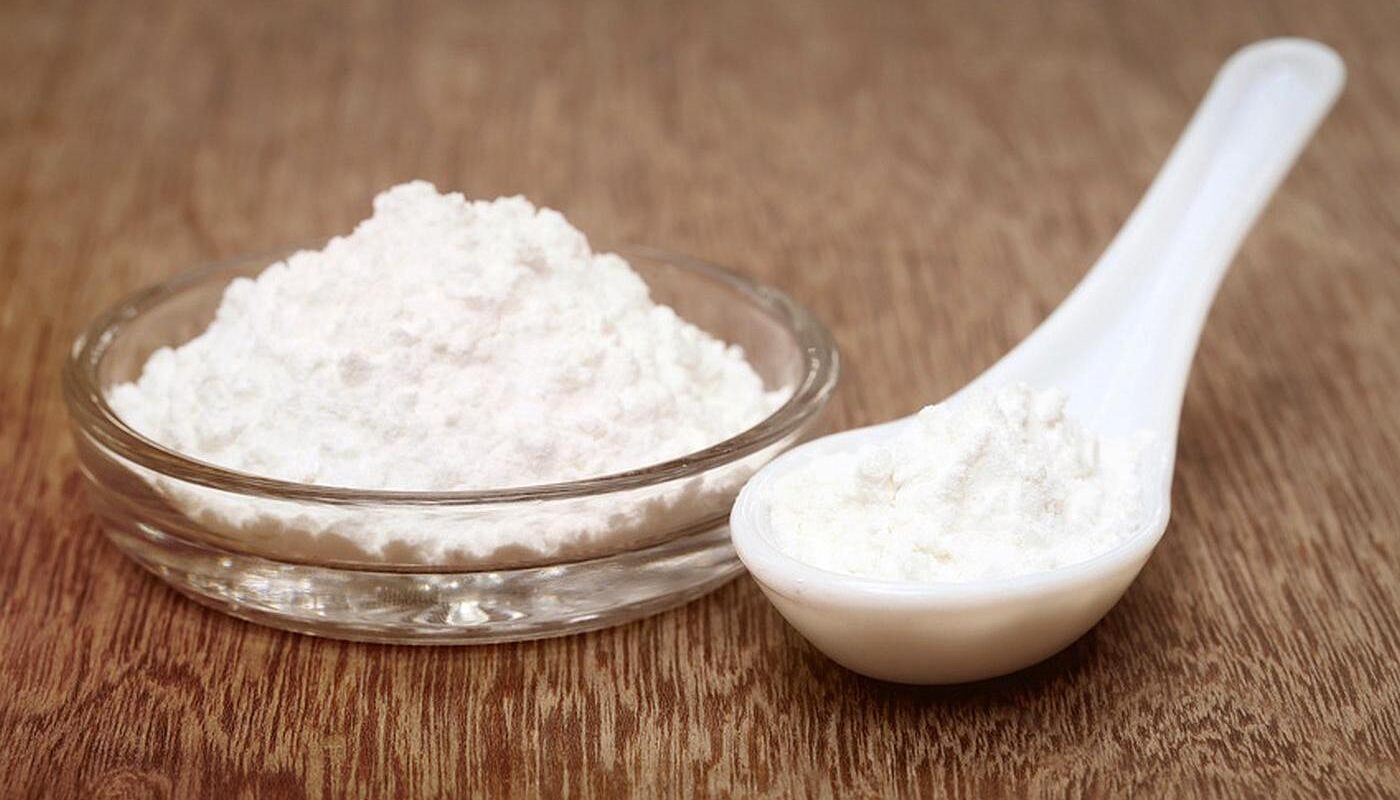Carbonates are a class of chemical compounds consisting of carbon, oxygen and a metal or semimetal. They are found extensively in the Earth’s crust and seafloor and play an important role in many geological and environmental processes. This article examines the various types of carbonates, their formation and functions in different environments.
Types of Carbonates
Calcium Carbonate
Calcium carbonate (CaCO3) is the most common type of natural carbonate found in the Earth’s crust. It is a major constituent of rocks like limestone, chalk and marble which are formed through geological processes over long periods of time. Calcium carbonate is also found in bones and teeth in its mineral form, hydroxyapatite. It plays a key role in shell and skeleton formation in marine organisms.
Magnesium Carbonate
Another important natural carbonate is magnesium carbonate (MgCO3) which readily forms in nature due to magnesium’s high solubility. Like CaCO3, it is deposited slowly over geological eras and makes up certain types of limestone and dolomite rocks. Magnesium carbonate occurs widely in sea water and seawater organisms.
Iron Carbonate
Less common but significant carbonates include iron Carbonate minerals like siderite (FeCO3). These are formed under certain geochemical conditions, usually associated with other iron-bearing minerals. Along with calcium and magnesium carbonates, iron carbonates also serve as important sinks that absorb and store carbon in the crust over millions of years.
Formation of Carbonate Rocks
Marine Deposition
Many carbonate rocks are formed in shallow warm seas through the precipitation and accumulation of calcium carbonate from seawater. Organisms like corals, mollusks and shell-forming planktons incorporate CaCO3 to build their shells and skeletons which then accumulate on the seabed after their deaths. Over hundreds of millions of years, these microscopic carbonate deposits harden and cement together to form formations like limestone.
Subaerial Exposure
Some carbonate rocks like travertines form on land in spring deposits, where groundwater saturated with calcium bicarbonate rises and degasses carbon dioxide due to decreases in pressure or temperature. This causes the calcium to precipitate out of solution and slowly accumulate into rocks over time.
Diagenesis
After deposition, carbonate sediments undergo a process of lithification and cementation called diagenesis. During this, compaction removes pore spaces and materials like clays are leached out. Precipitation of additional calcite cements and transformation of unstable carbonate minerals stabilizes the rock. This transforms loose sediments into solid limestone or dolomite over geological ages.
Functions and Importance
Carbon Sinks
Due to their naturally high calcium carbonate content, carbonate rocks are important natural carbon sinks that absorb and store huge quantities of CO2 from the atmosphere. Over millions of years, they sequester carbon through geological processes and prevent it from accumulating as greenhouse gases. Carbonates thus play a critical role in regulating Earth’s carbon cycle and climate.
Building Material
Carbonate rocks like limestone, chalk and marble have been extensively quarried and used as building material for millennia. Due to their preservation of fossil remains, they are also invaluable for studying past life and environmental conditions.
Buffer against Acidification
The dissolution of carbonates acts as an important buffer that prevents drastic changes to ocean chemistry. As CO2 dissolves in seawater, it forms carbonic acid which raises acidity. Carbonates then react with and neutralize additional acid, protecting organisms from potentially dangerous pH fluctuations. This buffering is however getting compromised due to increases in ocean acidification.
Carbonates fulfill pivotal functions in diverse terrestrial and marine environments as construction units for life forms, long-term carbon stores, and natural buffering agents. While supporting diverse ecosystems, they continuously cycle carbon over extended timeframes. Understanding carbonate chemistry and dynamics is thus key to appreciating many geological and oceanographic processes, as well as mitigating current climate change issues. Carbonates will likely continue playing an integral although threatened role in the Earth system for eras to come.
*Note:
1. Source: Coherent Market Insights, Public sources, Desk research
2. We have leveraged AI tools to mine information and compile it




